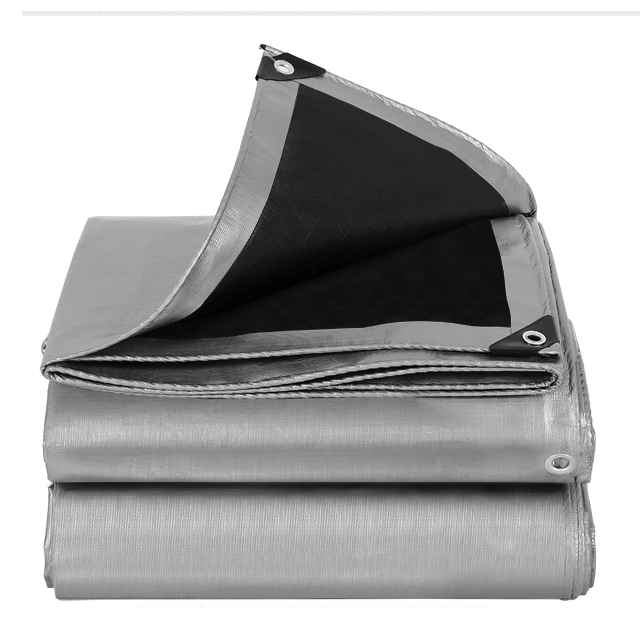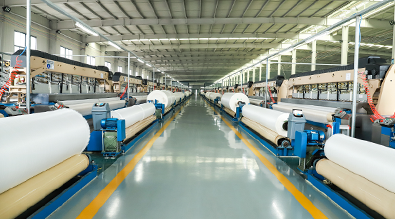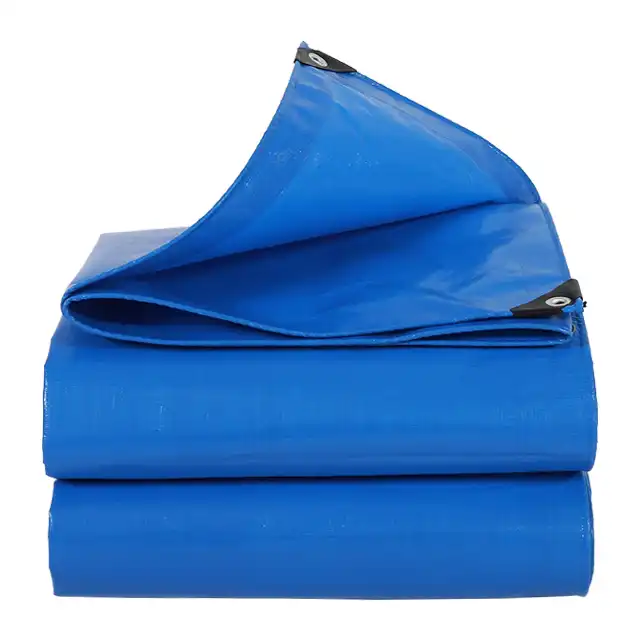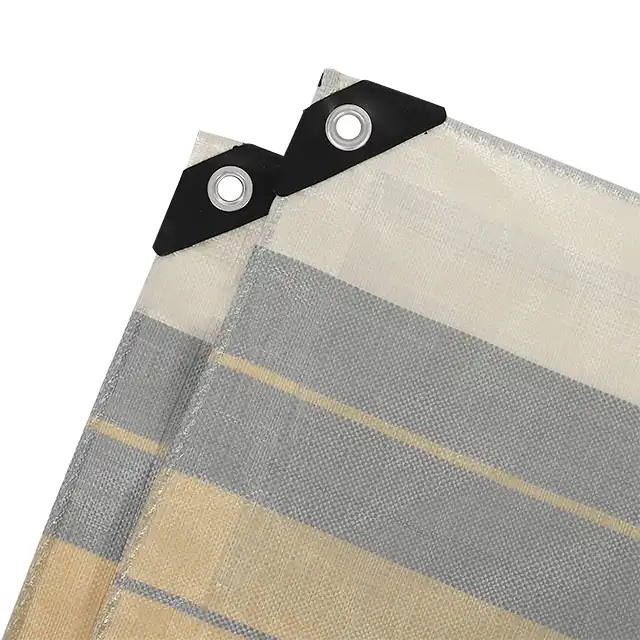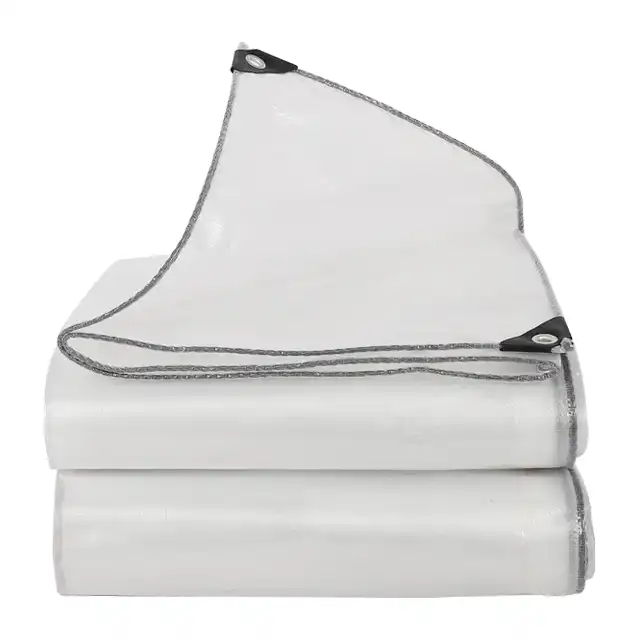Tarpaulin Cleaning Tips: Keep It Looking Like New
Your once-pristine tarpaulin now looks weathered, stained, and worn after months of protecting your valuable equipment or covering outdoor projects. This frustrating scenario is all too common among property owners, contractors, and outdoor enthusiasts who rely on high-quality tarpaulins for protection. Without proper cleaning and maintenance, even the most durable polyethylene tarpaulin can deteriorate rapidly, losing its waterproof properties and aesthetic appeal. This comprehensive guide provides proven tarpaulin cleaning tips to restore your investment and extend its lifespan significantly, ensuring your heavy-duty poly tarp continues performing like new for years to come.
Essential Cleaning Preparation for Your Tarpaulin
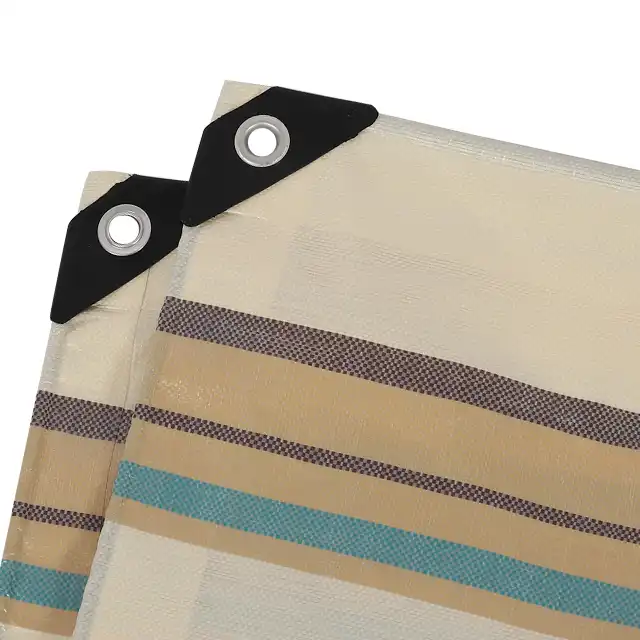
-
Understanding Your Tarpaulin Material Properties
Before implementing any tarpaulin cleaning tips, it's crucial to understand your tarpaulin's specific material composition and construction. High-quality polyethylene tarpaulins, such as those manufactured with high-density polyethylene fibers and LDPE coating, require different cleaning approaches compared to canvas or vinyl alternatives. Modern PE tarpaulins are typically constructed from tightly woven polyethylene fabric that's laminated on both sides, providing exceptional waterproof capabilities and UV protection. These materials are designed to withstand harsh environmental conditions while maintaining their structural integrity. When examining your tarpaulin before cleaning, identify any special coatings or treatments that might affect your cleaning approach. Premium tarpaulins often feature UV treatment ranging from 1% to 7%, fire retardant coatings, or specialized waterproofing that could be compromised by aggressive cleaning methods. Understanding these characteristics helps you select appropriate tarpaulin cleaning tips that preserve these protective features while effectively removing dirt, grime, and stains.
-
Proper Pre-Cleaning Assessment and Setup
Effective tarpaulin maintenance begins with thorough inspection and proper preparation of your cleaning area. Start by fully spreading your tarpaulin on a clean, flat surface where you can access all areas easily. This initial setup is critical for implementing comprehensive tarpaulin cleaning tips that address every section of your cover. Look for areas with heavy soiling, mildew growth, or potential damage that might require special attention during the cleaning process. Remove any loose debris, leaves, or accumulated dirt using a soft-bristled brush or broom before introducing water or cleaning solutions. This preliminary step prevents scratching the tarpaulin surface and makes subsequent cleaning efforts more effective. Pay particular attention to grommets, reinforced edges, and seams where debris commonly accumulates and can cause long-term damage if not properly addressed.
Professional Tarpaulin Cleaning Techniques
-
Mild Soap Solution Method for Routine Maintenance
The foundation of effective tarpaulin cleaning tips involves using gentle, non-abrasive cleaning solutions that won't compromise your tarpaulin's protective coatings or structural integrity. Experts recommend starting with mild dish soap diluted in warm water, as this approach effectively removes most common dirt and stains without damaging the polyethylene coating. Mix approximately one tablespoon of mild detergent per gallon of warm water to create an effective cleaning solution. Apply the soap solution using a soft-bristled brush or microfiber cloth, working in circular motions to lift dirt and grime from the tarpaulin surface. Focus on heavily soiled areas while being careful not to scrub too aggressively, as excessive force can damage the laminated coating that provides waterproofing. This gentle approach is particularly important for high-quality tarpaulins with specialized treatments like UV protection or fire retardation that can be compromised by harsh cleaning methods.
-
Advanced Cleaning for Stubborn Stains and Mildew
When basic tarpaulin cleaning tips aren't sufficient for heavily soiled or mildewed covers, advanced techniques may be necessary while still preserving the tarpaulin's integrity. For mildew removal, create a solution using one part white vinegar to three parts water, which effectively kills mold spores without damaging polyethylene materials. Apply this solution to affected areas and allow it to sit for 10-15 minutes before gently scrubbing with a soft brush. For oil stains or other stubborn contaminants, consider using a specialized plastic cleaner designed for outdoor equipment, but always test any new cleaning product on an inconspicuous area first. Avoid using bleach, strong solvents, or abrasive cleaners that can break down the polymer structure of your tarpaulin or remove protective coatings. These advanced cleaning approaches should be used sparingly and only when necessary, as frequent exposure to strong cleaning agents can reduce your tarpaulin's lifespan.
Post-Cleaning Care and Maintenance
-
Proper Rinsing and Drying Procedures
Thorough rinsing is one of the most critical tarpaulin cleaning tips that many users overlook, yet it's essential for preventing soap residue buildup that can attract more dirt over time. Use a garden hose with adequate pressure to thoroughly rinse all soap residue from the tarpaulin surface, paying special attention to seams and reinforced areas where soap can accumulate. Ensure you rinse both sides of the tarpaulin completely, as trapped soap can cause premature deterioration of the material. After rinsing, proper drying is absolutely essential before storage to prevent mildew growth and material degradation. Never fold or store a tarpaulin while it's still damp, as this can lead to mold growth and permanent damage to both synthetic and natural materials. Hang the tarpaulin in a well-ventilated area or spread it flat in direct sunlight until completely dry. This process may take several hours depending on weather conditions and tarpaulin thickness, but patience during this step significantly extends your tarpaulin's usable life.
-
Storage Best Practices for Long-Term Protection
Implementing proper storage techniques represents some of the most valuable tarpaulin cleaning tips for maintaining your investment between uses. Once your tarpaulin is completely clean and dry, fold it loosely rather than creating tight creases that can weaken the material over time. Store the folded tarpaulin in a dry, well-ventilated area away from direct sunlight, extreme temperatures, and potential rodent damage. Consider applying a light coat of protectant specifically designed for polyethylene materials if your tarpaulin will be stored for extended periods. This additional protection helps maintain flexibility and UV resistance, particularly important for tarpaulins used in demanding applications like construction coverage or agricultural protection. Quality tarpaulins with proper care can maintain their waterproof properties and structural integrity for many years when these storage protocols are consistently followed.
Seasonal Maintenance and Inspection
-
Spring and Fall Cleaning Routines
Establishing seasonal cleaning schedules is among the most effective tarpaulin cleaning tips for maximizing your cover's lifespan and performance. Spring cleaning should focus on removing accumulated debris, salt, and environmental contaminants that may have built up during winter months. This thorough cleaning prepares your tarpaulin for heavy use during active seasons while identifying any damage that occurred during storage. Fall cleaning is equally important as it prepares your tarpaulin for storage during less active periods. Remove all organic matter, including leaves and seed pods, that could attract insects or promote mold growth. Inspect all grommets, reinforced edges, and seams for wear or damage that might worsen during storage. These seasonal maintenance routines, when consistently applied, dramatically extend the functional life of even heavy-duty polyethylene tarpaulins used in demanding applications.
-
Professional Inspection and Repair Considerations
Regular professional inspection should be part of your comprehensive tarpaulin cleaning tips strategy, especially for covers used in commercial or critical applications. Professional evaluation can identify microscopic damage or coating degradation that might not be visible during routine cleaning but could lead to catastrophic failure during use. This is particularly important for tarpaulins used in construction, agriculture, or emergency response applications where failure could result in significant property damage or safety risks. When professional repairs are needed, ensure they're performed using compatible materials and techniques that won't compromise your tarpaulin's overall integrity. Quality manufacturers like those producing high-grade polyethylene tarpaulins often provide repair services or recommend certified repair facilities familiar with their specific construction methods and materials. Investing in professional maintenance when needed protects your investment and ensures continued reliable performance.
Conclusion
Proper tarpaulin maintenance through consistent cleaning practices significantly extends the lifespan and performance of your polyethylene covers. These comprehensive tarpaulin cleaning tips, when applied regularly, preserve waterproofing, UV protection, and structural integrity that make quality tarpaulins such valuable investments for property protection and outdoor applications.
Cooperate with Linyi Shengde Plastic Co., Ltd.
When you need superior-quality tarpaulins that respond excellently to proper maintenance, Linyi Shengde Plastic Co., Ltd. stands as your trusted China tarpaulin manufacturer and China tarpaulin supplier. Established in 2003 with over 20 years of expertise, we've become the leading China tarpaulin factory, producing High Quality tarpaulin products for more than 30 countries worldwide. Our tarpaulin for sale includes heavy-duty PE tarpaulins ranging from 65gsm to 280gsm, featuring exceptional waterproof capabilities, UV treatment, and tear resistance that make cleaning and maintenance straightforward.
As an ISO 9001:2015 certified China tarpaulin wholesale provider, we offer competitive tarpaulin price options without compromising quality. Our partnerships with UNHCR, IOM, ICRC, and UNICEF demonstrate our commitment to producing reliable tarpaulin products that withstand demanding conditions while maintaining their appearance and performance through proper cleaning. Whether you need custom sizes, colors, or specialized applications, our experienced R&D team delivers tailored solutions that meet your exact requirements.
Ready to experience the difference that quality manufacturing makes in tarpaulin longevity and performance? Contact our team at info@shengdetarp.com for detailed product specifications, competitive pricing, and expert guidance on selecting the perfect tarpaulin solution for your needs. Bookmark this guide for future reference—proper cleaning techniques combined with superior manufacturing create tarpaulins that truly keep looking like new year after year.
FAQ
Q: How often should I clean my polyethylene tarpaulin?
A: Clean your tarpaulin at least twice yearly during spring and fall, or immediately after exposure to heavy soiling, salt, or organic debris.
Q: Can I use bleach to remove stains from my tarpaulin?
A: No, avoid bleach as it can break down polyethylene fibers and remove protective UV coatings. Use mild dish soap or white vinegar solutions instead.
Q: What's the biggest mistake people make when cleaning tarpaulins?
A: Storing tarpaulins while still damp is the most common error, leading to mold growth and permanent material damage.
Q: How do I know if my tarpaulin cleaning method is too harsh?
A: If you notice color fading, surface roughening, or reduced water beading after cleaning, your method may be too aggressive for the material.
References
1. Smith, J.A. "Industrial Fabric Maintenance and Longevity." Textile Protection Journal, 2023.
2. Johnson, M.R. "Polyethylene Tarpaulin Care: Best Practices for Commercial Applications." Construction Materials Review, 2024.
3. Williams, K.L. "UV Protection Preservation in Synthetic Outdoor Fabrics." Materials Science Quarterly, 2023.
4. Thompson, D.E. "Waterproof Coating Maintenance in Heavy-Duty Tarpaulins." Industrial Textiles Magazine, 2024.
